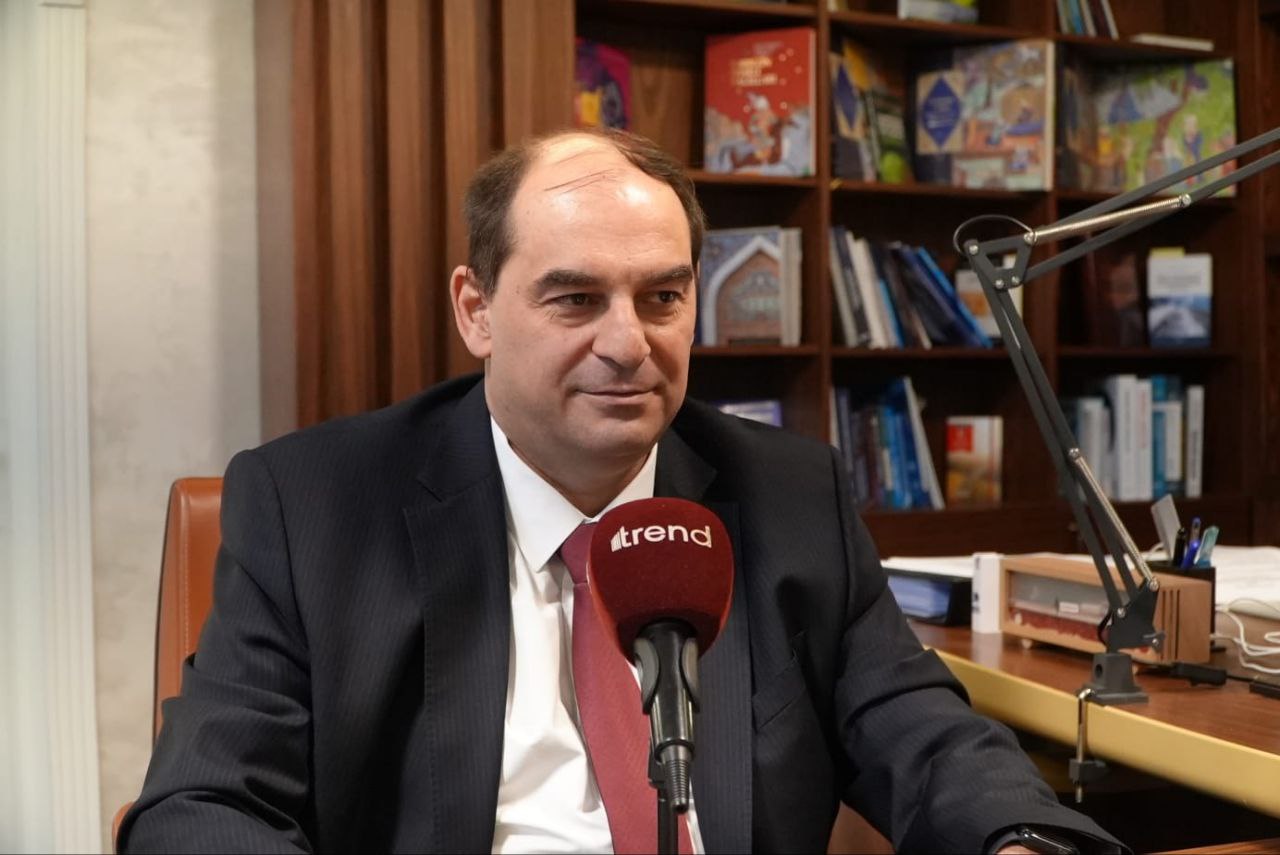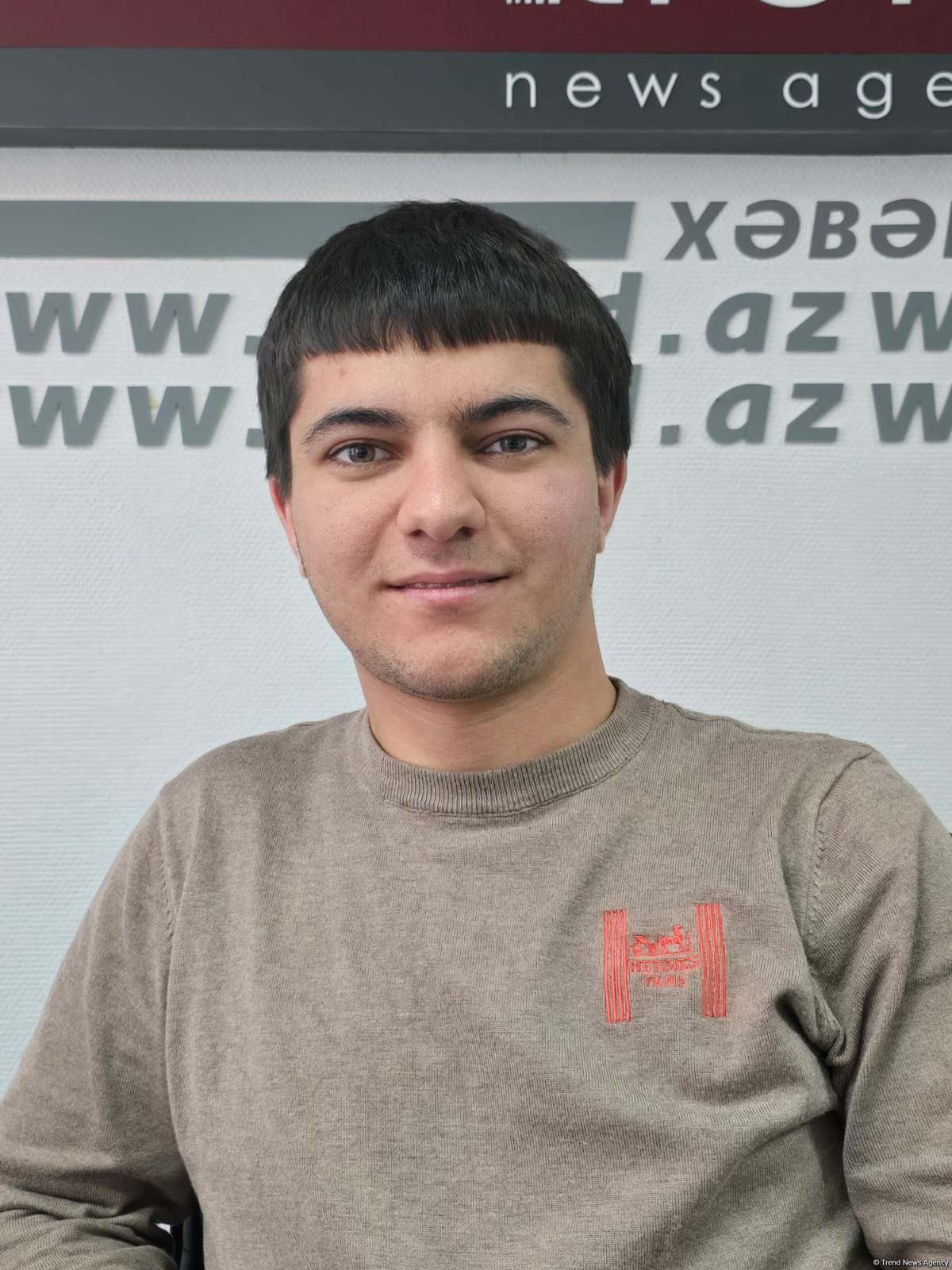BAKU, Azerbaijan, August 1. Efforts are progressing effectively towards optimizing the export potential of renewable energy generated in Azerbaijan, Director of the State Agency for Renewable Energy Sources Javid Abdullayev told Trend in an exclusive interview.
He addressed inquiries regarding the frameworks for diminishing reliance on conventional energy paradigms, ongoing pilot initiatives being executed in Karabakh, East Zangezur, and the Nakhchivan Autonomous Republics within the green energy zone paradigm, the advocacy for indigenous manufacturing of renewable energy technologies, offshore electricity generation and hydrogen synthesis, alongside the current developments of diverse route projects for electricity exportation, as well as avenues for synergistic collaboration with global entities (IEA, IRENA, World Bank, ADB, etc.).
We may achieve the targets set for 2030 earlier than expected
A representative from the Agency initially articulated the
strategic initiatives implemented to mitigate reliance on
conventional energy sources. He articulated that the deployment of
renewable energy modalities in numerous scenarios facilitates the
divestment from conventional energy paradigms presently utilized
for specific operations.
"Upon the liberation of these assets, a distinct market demand
emerges for their reallocation." In certain scenarios, the pricing
structure may exhibit a substantial elevation, potentially
contributing considerable value to the national economic framework.
From this vantage point, our primary endeavor is focused on
amplifying the throughput of those conventional energy assets that
are liberated. Facilities within the renewable energy sector
facilitate the liberation of a significant quantity of gaseous
reserves. Subsequently, these can be leveraged for exportation to
the European market, characterized by robust demand dynamics.
Our objective is unequivocal: to augment the proportion of
renewable energy modalities within the installed capacity matrix to
30 percent by the year 2030. Preliminary projections indicate that
we could realize this objective as soon as the 2027–2028 timeframe.
It is anticipated that this metric will escalate even more by the
year 2030.
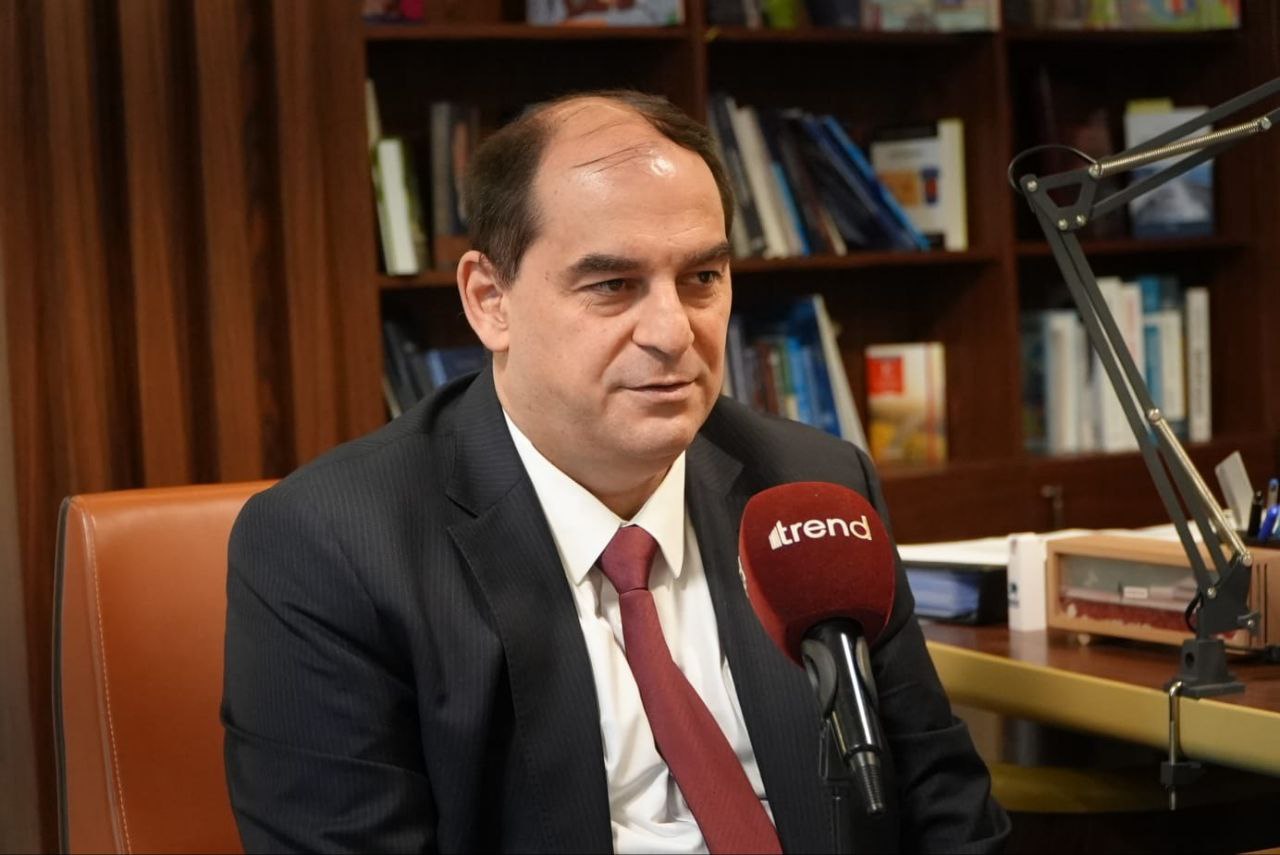
The commitments voluntarily undertaken by Azerbaijan during COP29 – such as the reduction of carbon emissions and other related issues – are, of course, directly linked to the implementation of renewable energy projects," he said.
A hydropower potential of 500 MW Exists in Azerbaijan’s liberated territories
Abdullayev articulated the renewable energy prospects inherent in Azerbaijan’s liberated territories and the initiatives currently operational within this strategic framework.
"Our liberated territories, as well as the Nakhchivan Autonomous Republic, have been declared 'green energy' zones. The concept and action plan for Karabakh and Eastern Zangazur are already on the table, approved, and we can now talk about their implementation. In general, within the COP29 presidency, Azerbaijan has put forward an initiative regarding 'green zones,' and many countries around the world have supported this initiative. We are considered a leading country in this initiative. The key indicator of a 'green energy' zone is that every kilowatt-hour (kWh) of electricity consumed in those areas comes from green energy sources.
The liberated territories have enough potential in to achieve this. The goal is to utilize about 500 megawatts of hydropower potential in these regions. There are sufficient mountain rivers there, which increases the hydropower capacity. Additionally, if we include the electricity generated from the Azerbaijani portions of the Khudafarin and Giz Galasi hydropower plants, we can see that the hydropower potential is significant, and that concrete steps are being taken toward its full utilization," Abdullayev noted.
According to the director, Azerbaijan’s solar energy potential is primarily concentrated in Jabrayil and Zangilan, while wind energy potential is centered in the Kalbajar-Lachin zone.
"The amount of renewable energy that can be obtained from there is assessed as quite substantial. What is needed is an appropriate transmission network so that the electricity produced after building the plants can be transmitted. The energy potential in these areas far exceeds the local demand. The energy generated there must be integrated into Azerbaijan’s national grid. Since other stations already exist in the national grid, they will most likely be redirected toward export.
Currently, intensive work is underway with bp on the construction of the 'Shafaq' Solar Power Plant (SPP) in Jabrayil, with an initial investment value of $200 million and a capacity of 240 megawatts (MW). In addition, the construction of the 'Ufug' and 'Shams' SPP projects, each with a capacity of 50 MW, is also progressing rapidly. All contracts have been signed, land plots have been identified, and network-related matters are completely clear to us. Work is being carried out on a daily basis toward implementation. These plants are planned to be commissioned by the end of 2027.
Concurrently, the requisite framework is being developed for the
electrification of the Sangachal terminal. The comprehensive
contractual architecture has been conclusively established. This
was an intricate and multifaceted procedure. The successful
execution of this intricate procedure was facilitated by a
comprehensive evaluation of authentic economic frameworks and the
operational efficacy of the initiatives," the official
articulated.
Abdullayev further articulated that an extensive array of
anemometric assessments is currently underway in the Lachin
district.
"We plan to have bank-accepted data by the end of this year. After that, the data will be presented to investors. Of course, there is great interest from various companies in producing wind energy in that region. In fact, in accordance with an agreement signed at COP29, a joint venture has been established for a wind power project in Kalbajar. This joint venture has already started measurements in Kalbajar. The measurements are expected to be completed within a year, after which project proposals will be submitted," he clarified.
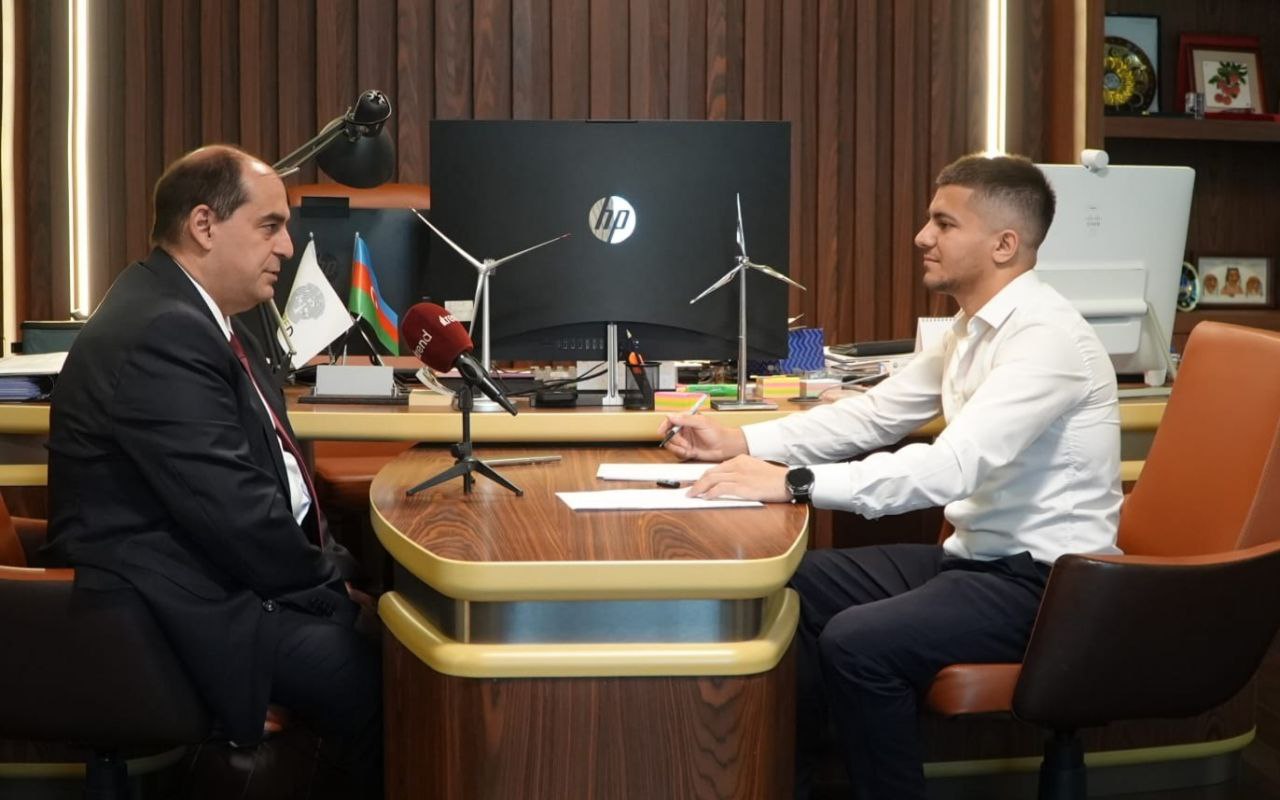
A wind power plant may be built in Kalbajar
An official from the agency stated that both the technical and economic potentials of renewable energy production must be considered. He explained that technical potential refers to the amount of energy derived from measurements of solar radiation and wind speed in a given area, while economic potential reflects what portion of that technical resource can be used with real economic efficiency.
"Of course, when working with investors, the second indicator—economic potential—is more important. Additionally, wind speed must meet the minimum threshold required for energy production, and the area must be accessible in terms of transport and logistics. These and similar factors are critically important.
Reconstruction work in our liberated territories is progressing very rapidly. For example, the high wind potential in the inaccessible areas of Kalbajar used to be considered only technical potential, because economically it was not viable—we had no roads to reach those locations. But now many of those issues have been resolved. At present, transporting wind turbines to those areas and installing them in the existing wind conditions has become economically efficient. From there, we can also consider connecting the electricity generated in Lachin-Kalbajar to the power grid, which makes the entire effort economically viable. For instance, today we could build an 800 MW wind power plant in Kalbajar. But is the grid ready for it? Therefore, studies are being carried out in that direction, including wind speeds and existing infrastructure in the area," he mentioned.
Nearly 2 GW of renewable energy sources may be integrated into the grid by late 2027
Abdullayev delineated imminent objectives and strategic initiatives earmarked for that timeframe.
"At the first stage across the country, we may be able to integrate nearly 2 GW of renewable energy sources into the grid by the end of 2027. Analyses have been conducted with American company Tetra Tech and Turkish companies EPRA and CESI, and the necessary steps have been defined. CESI is also the main consulting firm for our export project.
That is, we have determined the necessary work to be done to integrate nearly 2 GW of renewable energy sources into the grid by the end of 2027. This program also includes the installation of energy storage systems.
Construction work on the 'Navahi' substation has begun. The 330 kV section of the 'Navahi' substation is being built by Azerbaijan, while the 500 kV section is being funded through a $173 million loan from the World Bank.
At the 'Khizi-Absheron' Wind Power Plant (WPP), nine out of 25 wind turbines—each with a capacity of 6.5 MW—have already been installed: 12 in the Absheron district and 13 in Khizi. Weather conditions play a major role in the installation of the turbines. In any case, all turbines are expected to be installed and the plant commissioned by the end of 2025," he said.
The director emphasized that the agency is in talks with manufacturers of solar and wind technologies to promote local production.
"Up to this point, the apparatus deployed in our photovoltaic
and wind energy facilities has leveraged technology originating
from China.
The advancement of these initiatives significantly amplifies the
engagement of manufacturers in Azerbaijan. We anticipate that,
contingent upon bilateral accords, whether in a comprehensive or
fractional capacity, certain technological innovations will be
generated domestically within the confines of Azerbaijan. The
paradigm of innovation extends beyond that point. Initiatives in
the educational domain within the renewable energy sector are
currently being executed. A strategic partnership is currently
being established between the Azerbaijan State Oil and Industry
University and a higher education institution in the United
Kingdom," he underlined.
Negotiations are underway on four different electricity transmission corridors
Abdullayev reminded that Azerbaijan proposed the Green Energy Corridors initiative at COP29.
"Currently, we are talking about four different electricity transmission corridors:
- The Azerbaijan–Georgia–Romania–Hungary corridor via the Black Sea seabed;
- The Azerbaijan–Georgia–Türkiye–Bulgaria route via land;
- The Nakhchivan–Türkiye route (considering the Zangezur Corridor and other related matters in this context);
- The route coming from Uzbekistan and Kazakhstan across the Caspian Sea to Azerbaijan.
Establishing these pathways, engaging in diplomatic negotiations
with the specified nations, achieving initial accords, and
formalizing strategic agreements is an extensive undertaking. We
have transcended that phase and are currently immersed in
reciprocal deliberations. During the subsequent phase, it is
imperative to conduct a comprehensive assessment of both the
technical viability and economic feasibility of the project.
In our capacity as an agency, we function as the operational hub
for the Caspian Sea–Black Sea–Europe electricity transmission
initiative, alongside the Central Asia–Caspian Sea endeavor. For
the Black Sea initiative, preliminary feasibility assessments have
commenced. The Italian enterprise CESI is undertaking a
comprehensive investigation into this matter. A collaborative
enterprise has been initiated in Bucharest, comprising the
transmission system operators from Azerbaijan (Azerenerji),
Georgia, Romania, and Hungary. Significantly, the inaugural leader
of this collaborative enterprise hails from Azerbaijan. By the
conclusion of this fiscal year, the preliminary viability
assessment for electrical conveyance through the subaqueous terrain
of the Black Sea is anticipated to reach completion. Preliminary
analyses indicate that the initiative demonstrates fiscal
sustainability.
Initial assessments are underway regarding the electrical
transmission infrastructure from Nakhchivan to Türkiye, with a
focus on delineating the technical specifications of the
initiative.
The electricity transmission project via the Azerbaijan–Georgia–Türkiye–Bulgaria route was only recently announced. Nevertheless, organizational and institutional efforts are already underway. It is expected that similar work as seen in the other projects will be carried out along this route as well," he said.
ADB and EBRD each allocate $1 million for Central Asia electricity transmission
A joint venture has already been established in Baku for the electricity transmission project with Central Asia. For the preparation of the technical and economic feasibility study, the Asian Development Bank (ADB) and the European Bank for Reconstruction and Development (EBRD) have each allocated $1 million. This will determine the scope of the feasibility study. The terms of reference have been agreed upon between the parties. The bank is currently working on selecting consultants to determine how the project will move forward.
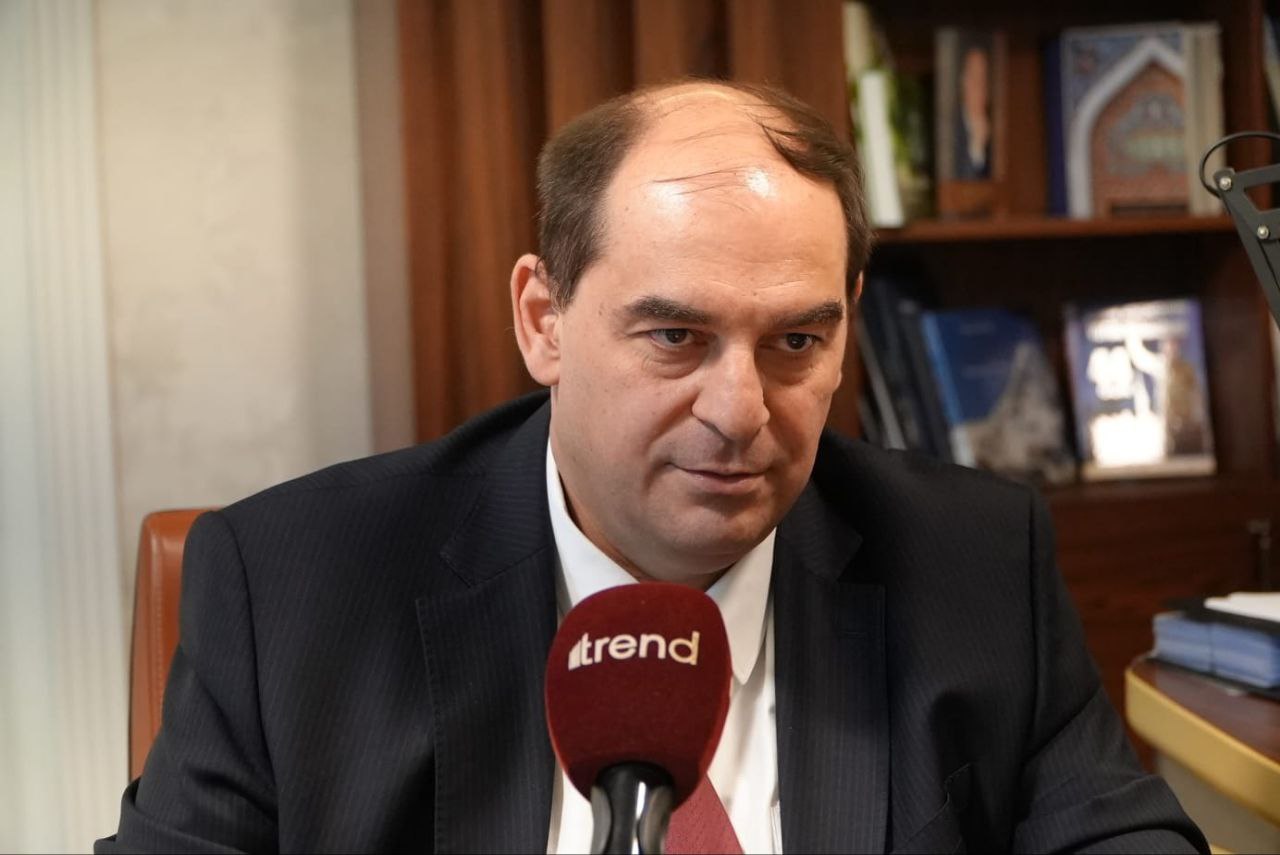
We are close to finalizing work with Deloitte on the development of a business model for the export of renewable energy. This model will allow us to assess whether the cost of delivering renewable electricity produced in our country to consumers in Europe will be economically viable and whether it will cover the investments made in these power stations. The analysis shows that, under certain conditions, Azerbaijan's renewable energy export projects are economically viable," the director said.
New areas Identified for Renewable Energy Projects in Azerbaijan
The agency official emphasized that the distribution of renewable energy stations across the country is critical in terms of network impact.
“In many regions of the country, the establishment of such stations is under consideration. In the second stage, we are discussing renewable energy production in our country with Chinese companies. But first, we need to study our network. To do this, a contract has been signed with one of the Chinese institutes, and work will begin soon. The institute will modernize our network after 2028 and provide proposals on how much electricity the network can receive and what reinforcement measures are needed,” he explained.
The director also noted that the growth in electricity demand has become irreversible. The introduction of electric vehicles and the increasing electrification of various aspects of life are naturally driving this demand.
“We need to model and understand how much this demand will grow, and how much electricity Azerbaijan’s industrial development will require.
After all these measures, the land allocation issue arises. Currently, we are planning a new renewable energy source (RES) project in Fuzuli and Garadagh. Preliminary sites have also been identified in our three-four other districts. Specifically, we have plans for new RES projects in Hajigabul, Imishli, and Kurdamir. These areas have been identified as potential zones for renewable energy production, but some clarifications are still needed. There is technical potential for RES projects in the mentioned districts, but whether this can be converted into economic potential depends on many factors. Other types of projects or economic activities may be more suitable there. Also, transport-logistics and network issues must be considered. A final decision will only be made after studying all of these factors,” he said.
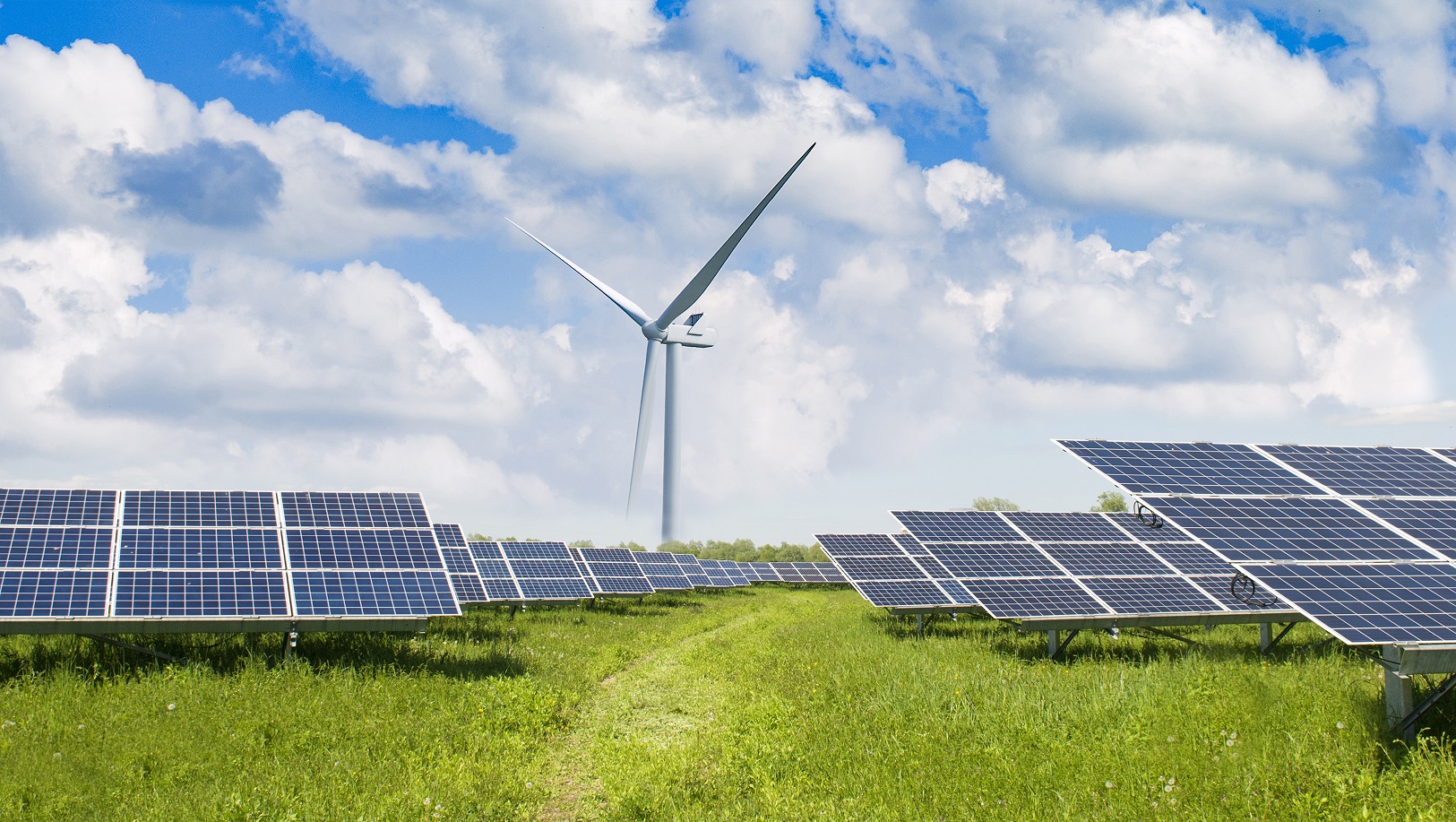
Five offshore wind project sites identified
Abdullayev also articulated insights regarding offshore wind energy initiatives.
“These projects imply access to large-scale markets. The total technical potential for wind energy in the Azerbaijani sector of the Caspian Sea is estimated at 157 GW (35 GW in shallow waters and 122 GW in deep waters). Our peak domestic wind energy demand is around 4.5 GW. The planned installed capacity would exceed this figure more than twice, so each of these projects must be export-oriented, and for this there must be an export route.
For offshore wind projects, the first step is to identify suitable areas. This is much more challenging at sea compared to land. However, coordination with all relevant authorities has already been completed to select areas for offshore wind energy production. In the northern part of the Absheron Peninsula in the Caspian Sea, five different zones have been identified for offshore wind development. In these areas, it would be possible to build at least 10–15 GW of wind stations. They are currently awaiting official designation as renewable energy zones, and applications have already been submitted in this regard.
Next, the necessary onshore infrastructure must be established. The Asian Development Bank (ADB) and the European Bank for Reconstruction and Development (EBRD) have allocated funds to support the analytical work for this purpose.
After installing the turbines at sea, a designated area will be needed to bring the electricity ashore. Another important issue is the large size of offshore wind turbines. There is now talk of experimental turbines with a capacity of 26 MW. Measurements of wind speeds at sea have already begun. Agreements with Chinese companies regarding these measurements are being finalized, and the process will start soon.
Currently, our biggest goal is to achieve significant progress in offshore wind energy projects. There is tremendous interest and intense competition in this area,” he pointed out.
He stressed that first, wind speeds must be measured at sea. Then, appropriate turbines must be selected based on that data. Finally, logistical solutions for transporting and installing the turbines must be developed.
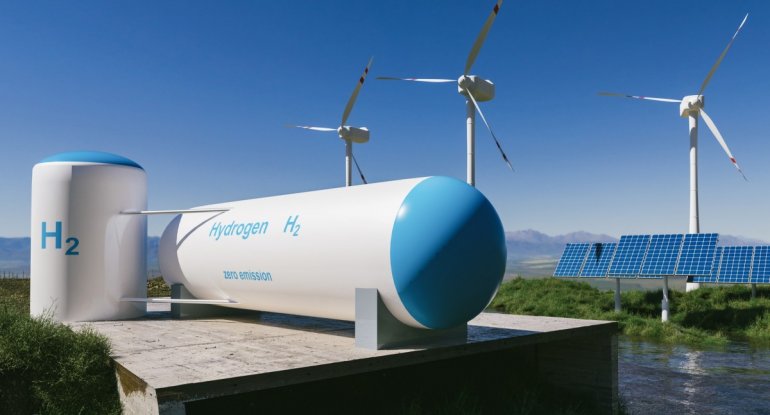
Hydrogen production issues habe been deepened, a strategic document is being prepared
Abdullayev outlined the upcoming goals of the agency he represents.
“Overall, one of our main targets is to increase the share of renewable energy sources in electricity generation capacity to 30 percent by 2030.
Concurrently, informed by initial evaluations, specific measures
have been implemented concerning the generation of hydrogen. At
COP29, Azerbaijan unveiled its National Hydrogen Strategic Vision
framework. At present, these issues are undergoing extensive
elaboration, and a procurement process has been initiated by the
European Bank for Reconstruction and Development (EBRD) for the
formulation of a comprehensive action plan aligned with the
strategic vision. A consultancy firm will be leveraged for the
execution of this initiative.
All four interconnector initiatives referenced previously
incorporate a hydrogen element. These require comprehensive
analysis and the formulation of corresponding proposals to be
developed. The EBRD initiative is anticipated to facilitate the
delineation of zones optimal for hydrogen generation and the
establishment of H₂ valley ecosystems. Roughly nine liters of
potable H2O are necessitated for the synthesis of one kilogram of
diatomic hydrogen, thus necessitating the evaluation of such
parameters during site selection,” the official elucidated.
The National Electromobility Plan may be adopted by the end of 2025
The National Electromobility Plan has been meticulously formulated and is currently undergoing the final phases of alignment with pertinent stakeholders. In light of the exponential proliferation of electric vehicles and the concomitant expansion of charging infrastructure, our objective is to elevate the regulatory and legal architecture overseeing this domain to a fully optimized and mature condition. The escalating adoption of electric vehicles is concomitantly encapsulated within the national strategic priorities framework extending to the year 2030.
"We have formally submitted our strategic proposals for the endorsement of the National Electromobility Plan to the pertinent regulatory bodies. We will exert maximum effort to facilitate the program's endorsement by the conclusion of this fiscal year,” Abdullayev concluded.
Stay up-to-date with more news on Trend News Agency's WhatsApp channel

